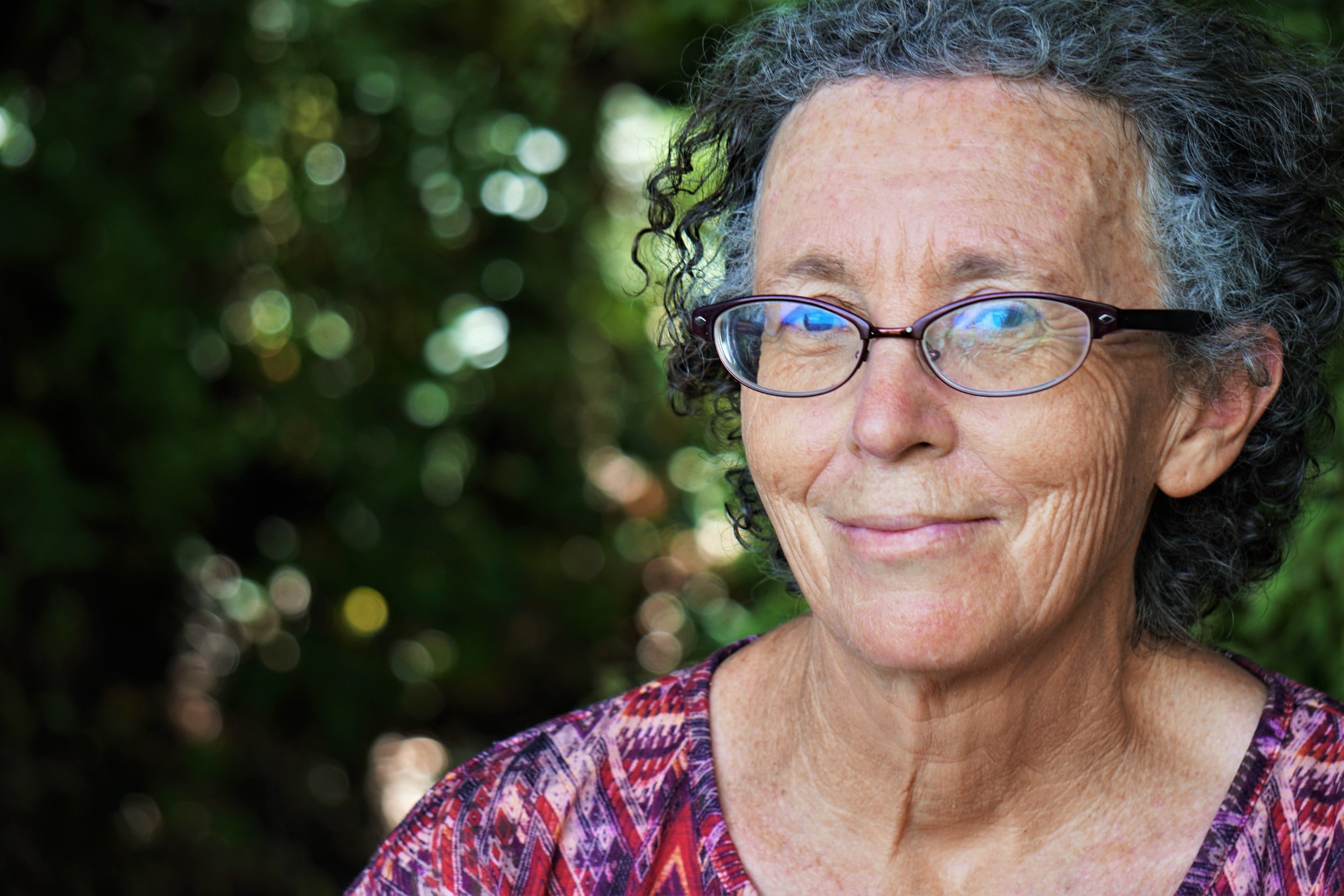Studying Ageing and Ageism
The Methodspace focus for July 2022 is on Researching the Generations, from young to old.
If you are living you are ageing.
Despite the fact that ageing is a universal experience of every living person, ageism persists. Empirical research offers a more nuanced view of ageing that can counter stereotypes with insightful findings. The multidisciplinary open-access articles in this list offer methodologically diverse research examples of studies that focus on ageing and ageism across the globe.
Anderson, L. B. (2020). Communicating legitimacy through portrayals of successful aging: An examination of Pulte homes’ online communication strategies. Public Relations Inquiry, 9(1), 27–46. https://doi.org/10.1177/2046147X19840072
The aging population has created implications for many industries, especially in terms of establishing legitimacy among stakeholders. One industry that has been affected by the shifting demographics is homebuilding. Older adults must consider future housing needs that allow for successful aging. However, the current inventory of houses and neighborhoods are not necessarily built to suit this population. Pulte Homes, a national homebuilding company, has a line of active adult communities under the name Del Webb. To understand how Pulte communicates legitimacy for this housing product, I completed a qualitative content analysis of the Del Webb section of the organizational website that integrates the tenets of the Communication Ecology Model of Successful Aging (CEMSA) with five discursive strategies for establishing legitimacy. In doing so, I found that Pulte constructed an idealized portrayal of age/aging by emphasizing the need to (1) plan for future needs, (2) express optimism about aging, (3) resist age-based stereotypes, and (4) minimize the role of communication technology. Based on these findings, Pulte’s discourse ultimately positions Del Webb as a utopia for older adults/space that facilitates ‘successful’ aging and raises questions about the transparency of this organizational discourse.
Bakshi, S., & Pathak, P. (2016). Aging and the Socioeconomic Life of Older Adults in India: An Empirical Exposition. SAGE Open. https://doi.org/10.1177/2158244015624130
The study attempts to approach aging in India from three perspectives, namely, the well-being of an aging individual, the aging household, and the aging population. The aspects, namely, work, financial dependence, integration, empowerment, and elder abuse are studied and their relation to age, gender, and marital status is investigated. The data sets pertaining to the National Sample Surveys for the reference periods 1986-1987, 1995-1996, and 2004 are primarily utilized for the purpose. The data sets from Building Knowledge Base on Population Ageing in India Survey, 2011, are also utilized for information on elder abuse. The results show that the older males are more likely to participate in household activities when compared with the older females. The married older adults are also more likely to participate in household activities when compared with their widowed counterparts. In a similar way, gender and marital status are found to be associated with empowerment of older adults. The working older adults, those who possess property and/or assets are more likely to be financially independent. Furthermore, the older females and the financially dependent older adults are more likely to face abuses of different kinds. Households are classified into three different types. Type I households have no older adults, Type II households have older adults and other younger members, and Type III households have older adults only. Results show that Type III households are found to be relatively more deprived and report higher average monthly expenditure when compared with other types of households.
Bastia, T., Lulle, A., & King, R. (2022). Migration and development: The overlooked roles of older people and ageing. Progress in Human Geography. https://doi.org/10.1177/03091325221090535
Discussions on migration and development geography have both suffered from ‘ageism’: an overwhelming preoccupation with children and the young in the latter and widespread assumptions that migrants are generally young adults, who only leave behind children in the former. It is unsurprising, then, that migration-development debates have also been biased in favour of the young. In this paper we consider the place of older people and of ageing as a process in migration and development debates. We argue that older people, thus far overlooked, are also involved in migration and development, in heterogeneous ways and in different geographical contexts. While doing this, we challenge the conventional view of older migrants as inactive and vulnerable and of older people as merely recipients of development interventions. We argue that experiences of ageing and global inequalities are increasingly entwined and demonstrate this through five dimensions of migration and development debates: remittances, diasporas, return migration, international retirement migration, and intergenerational care. Older people and ageing as a process are central to each one of these dimensions, and it is imperative to pave further research of heterogeneity of ageing within contexts of global inequality.
Buffel, T., & Phillipson, C. (2019). Ageing in a Gentrifying Neighbourhood: Experiences of Community Change in Later Life. Sociology, 53(6), 987–1004. https://doi.org/10.1177/0038038519836848
Debates about gentrification continue to occupy a significant part of research investigating social change within urban communities. While most gentrification studies have focused on ‘incoming’ groups or those forced to leave, there is limited knowledge about those remaining in neighbourhoods undergoing community change. This study explores the experiences of older residents who have lived much of their adult lives in the same locality but whose views have been largely ignored in gentrification research. The article presents findings from seven focus groups (N = 58 participants) and 30 in-depth interviews with people aged 60 and over living in Chorlton, a gentrifying neighbourhood in Manchester, UK. These highlight both daily challenges and exclusionary pressures, as well as how people are active in creating a sense of belonging in a neighbourhood undergoing social change. The article concludes by discussing the need for interventions which promote the ‘age-friendliness’ of communities and ensure that older people have a space to be seen and heard in their neighbourhood.
Busso, Volmert, Kendall-Taylor. Reframing Aging: Effect of a Short-Term Framing Intervention on Implicit Measures of Age Bias, The Journals of Gerontology: Series B, Volume 74, Issue 4, May 2019, Pages 559–564, https://doi.org/10.1093/geronb/gby080
Evidence suggests that agist biases may operate implicitly (i.e., automatically and unconsciously) to affect discriminatory attitudes and behaviors toward older adults. However, few studies have tested the malleability of implicit age bias. The present study tests the effect of a framing intervention on implicit age bias in a nationally representative sample of American adults.
Enßle, F., & Helbrecht, I. (2021). Understanding diversity in later life through images of old age. Ageing and Society, 41(10), 2396-2415. doi:10.1017/S0144686X20000379
This article aims to enhance the conceptual debate on diversity in old age by exploring the interplay of diversity in later life and images of old age. We argue that the analysis of images of old age on the micro-level is a fruitful methodology in order to unravel the meaning of diversity in later life. Drawing on findings from qualitative research in Berlin, we explore how new and diverse imaginations, experiences and lifestyles of old age emerge. The conceptual focus on images of old age enables us to investigate further what diversity in later life comprises and how it simultaneously fosters the genesis of new images of old age. The manifold new images we found in our research suggest that prevalent societal discourses about old age on the macro-level are rather deceptive and represent mostly stereotypes such as ‘active agers’ or ‘frail and dependent elders’. We offer three explanations why alternative images of old age are currently barely present in public discourse: (a) the actors transmitting images of age; (b) the institutionalisation of the images; and (c) the challenge to communicate complexity. We conclude by suggesting that images of old age are a promising starting point to explore and make visible both the diversity of social groups within the older generation as well as the heterogeneity of older individuals.
Lai, S. L., & Tey, N. P. (2021). The Quality of Life of Older Adults in a Multiethnic Metropolitan: An Analysis of CASP-19. SAGE Open. https://doi.org/10.1177/21582440211029910
This study examines the well-being of older Malaysians, using Control, Autonomy, Self-Realization, and Pleasure (CASP-19) score. Data for this study came from a cross-sectional survey on older adults living in a multiethnic metropolitan in Malaysia. The sample comprised Asia’s three major ethnic groups. Bivariate and multivariate analyses show significant ethnic differentials in quality of life (QoL). Results from multiple regression show that CASP-19 is strongly influenced by self-rated health and the ability to manage expenditure, and to a lesser extent by educational level and marital status, but not by age, gender, work status, co-residence with children, and housing tenure. After adjusting for sociodemographic variables, self-rated health was the only significant factor affecting the QoL of all ethnic groups. Ability to manage expenditure was also significant among the Chinese and Indians. Marital status matters for the Chinese, while education and housing tenure matter for the Indians. Differences in the effects of the various factors on the QoL of older adults require specific strategies and programs for different target groups.
Liew, S. L., Hussin, S. R., & Abdullah, N. H. (2021). Attributes of Senior-Friendly Tourism Destinations for Current and Future Senior Tourists: An Importance-Performance Analysis Approach. SAGE Open. https://doi.org/10.1177/2158244021998658
This study aims to identify the tourists’ expectation and satisfaction of destination attributes from the perspective of senior tourists in Malaysia. Two groups of tourists were chosen as the study sample, that is, future seniors (40–54 years old) and seniors (55 years old and above). It is hoped that, through recognizing and raising awareness on the need for equal traveling opportunities, senior tourists and future senior tourists will be encouraged to undertake more tourism activities. An importance-performance analysis (IPA) and paired sample t tests were employed to investigate senior tourists’ perceptions of senior-friendly destination attributes. Measures of destination attributes included the “4As” (i.e., attractions, accessibility, amenities, and ancillary services). The findings from a survey of 227 respondents revealed that the most important attributes for a senior-friendly destination are safety and cleanliness. Other attributes deemed important by senior tourists include the availability of leisure facilities and barrier-free public transportation. The findings also highlight attributes that tourism industry practitioners may use to improve tourists’ satisfaction and develop into competitive advantages against other tourist destinations. Both theoretical and practical implications of these important findings are discussed.
Lindland, E., Kendall-Taylor, N., Haydon, A., & Fond, M. (2016). Gauging aging: Expert and public understandings of aging in America. Communication and the Public, 1(2), 211–229. https://doi.org/10.1177/2057047315625340
Understanding how people make sense of social issues is a fundamental aspect of communications research. In this piece, we apply theory from psychological anthropology to provide a new perspective on this core feature of communication and argue for the importance of considering culture in applied communications research. Drawing on a study of the implicit understandings and patterns of reasoning that Americans use to think about the process of aging and older adults, we show how the theory of cultural models can be applied to arrive at a deeper view of the ways in which members of the public make meaning of aging issues. We discuss the implications of this research for those communicating about aging and other social and scientific issues. The article provides information on public understanding that is directly pertinent to those communicating about aging and demographic change in the United States.
McQuaid, K., Esson, J., Gough, K. V., & Wignall, R. (2021). Navigating old age and the urban terrain: Geographies of ageing from Africa. Progress in Human Geography, 45(4), 814–833. https://doi.org/10.1177/0309132520948956
This paper extends research on geographies of ageing in relation to urban academic and policy debates. We illustrate how older people in urban African contexts deploy their agency through social and spatial (im)mobilities, intergenerational relations and (inter)dependencies. Through doing so, we reveal how urban contexts shape, and are shaped by, older people’s tactics for seizing opportunities and navigating the urban terrain. Our analysis demonstrates how a more substantive dialogue between insights on ageing in African contexts and urban ageing policy can create new forms of knowledge that are more equitable and just, both epistemologically and in their policy impacts.


























Find a collection of posts about research across ages and abilities, with lots of open-access examples.